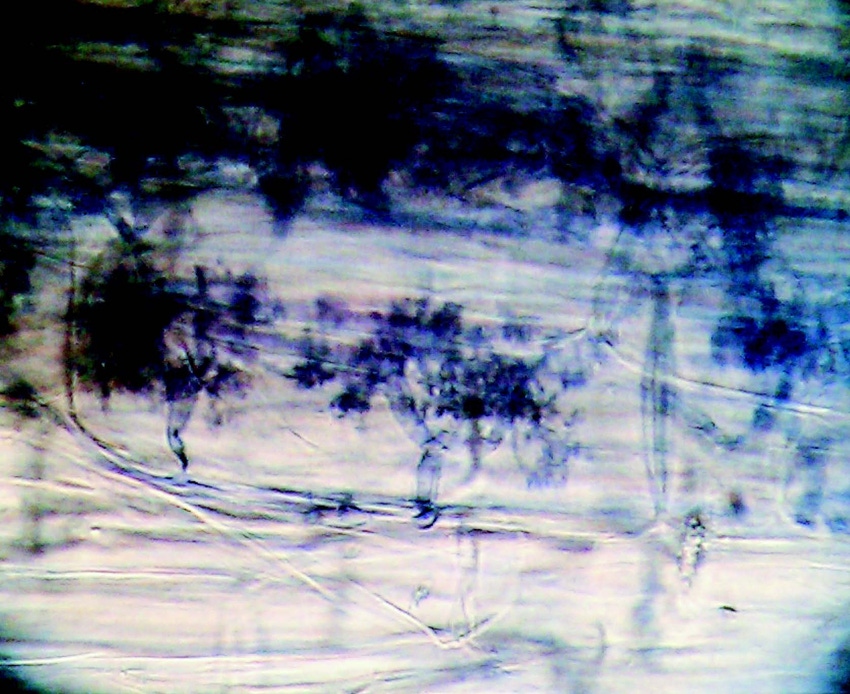February 3, 2014

Farming for optimum soil fungi with less tillage and cover crops may save you money on inputs, reduce phosphorus leaching and runoff and keep regulators off the farm.
Research by USDA – ARS soil microbiologists Mike Lehman and Wendy Taheri sheds new light on phosphorus/fungi interactions. Arbuscular mycorrhizae fungi are particularly good at making phosphorus and other nutrients available to plants. However, too much phosphorus can be a bad thing for mycorrhizal fungi, farming's bottom line and the environment, the Brookings, S. D., researchers have shown.
"If you enhance the biological activity in the soil, you put a larger percentage of immobilized phosphorus into organic forms that are potentially-available to the plant," says Lehman.
In biologically active soil, this symbiotic relationship between plant and microbes involves a complex communication system with plants signaling microbes on nutritional needs. "If the system is already flooded with P, the plant rejects the fungus," says Taheri. "Without a living root to partner with, the fungus dies."
While soil tests across the Midwest indicate phosphorus levels have been falling, Lehman and Taheri argue that is not indicative of total P. Standard fertility tests measure only a fraction of total soil phosphorus, they say.
In addition, they are yield correlated to conventionally managed fields, not biologically active ones. Lehman points out that soils with high phosphorus as measured by the Olsen test have also been shown most likely to lose phosphorus via erosion and leaching.
"Only about 20% of what's available as fertilizer ends up in the plant," says Taheri. "The rest is bound up in the soil in a variety of forms or lost. A lot of dollars are wasted, and excess phosphorus ends up in the water."
Lehman estimates a healthy Arbuscular mycorrhizae fungipopulation could provide much of the phosphorus a crop needs with current reserves in the soil and minimal addition, preferably with organic P. "With removal of grain, I don't know if we can ever get to no phosphorus supplementation, but I believe it could take a couple decades, if not centuries, to consume the total amount of phosphorus in some soils," he says. The key is to promote biological activity and diversity so a greater amount of total soil phosphorus becomes plant-available, they say.
Lehman and Taheri are quick to caution rowers not to go "cold turkey" on phosphorus, especially in a conventional tillage and cropping system.
"Start by cutting back on phosphorus by 15 to 20%, reduce tillage and add cover crops," says Lehman. "Developing a system that depends on soil biology will allow you to cut back phosphorus applications to where there is less lost to runoff and leaching and less fixed in the soil where it is unavailable to the plant.”
About the Author(s)
You May Also Like




